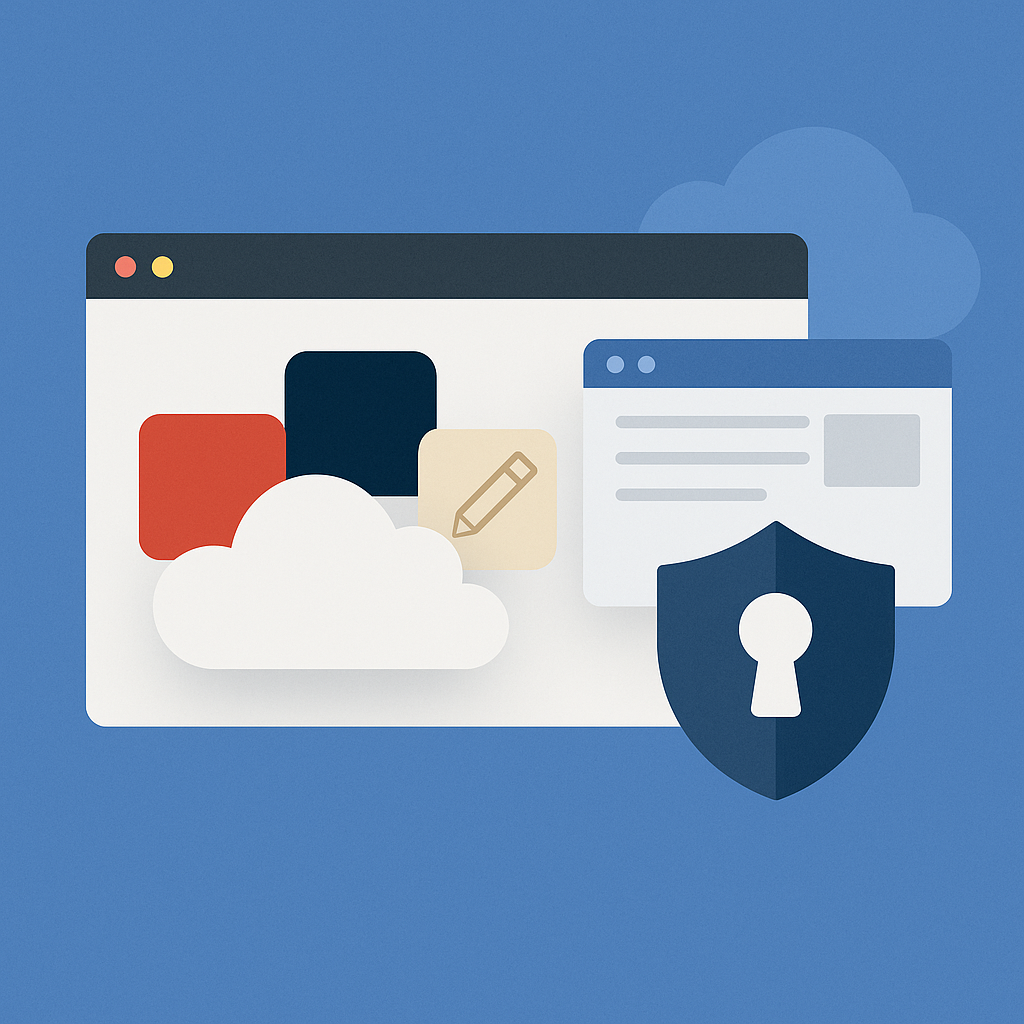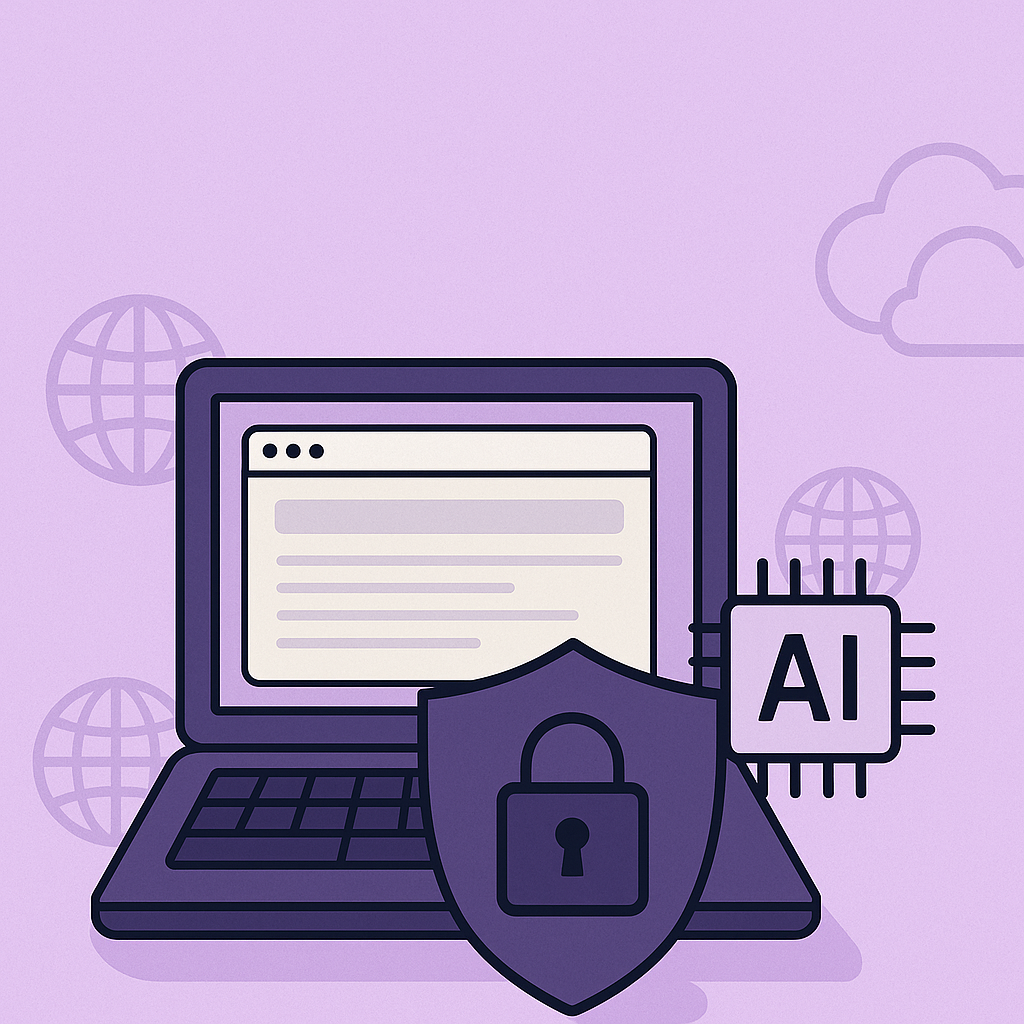Wherever you are on your cloud desktop journey, the Citrix vs. RDS question is bound to come up—and for good reason. The two approaches have many differences. Further, there are legitimate concerns about the cost and complexity of virtual desktop environments-not to mention the actual performance over the network. After all, if users can’t access their cloud workspaces quickly and with quality resolution, it doesn’t matter how much less it costs to implement and manage.
Citrix vs. RDS – Historical context
It’s worth taking a step back to answer this question today, particularly when it comes to remote media protocols. Back in 1993, Citrix released its first remote application delivery product for Windows and DOS applications. To deliver data and images from a hosted server to the endpoint, the company also developed its high-caliber Independent Computing Architecture (ICA) protocol. In 1997, Microsoft released a competing product, Terminal Services, with Windows NT 4.0 Server and its Remote Desktop Protocol (RDP). Suffice to say, RDP was far inferior to ICA (now known as HDX), and for many years it remained that way. With its superior protocol and ongoing releases of virtual desktop and application products, Citrix became the “go-to” for delivering remote and virtualized Microsoft desktops and applications. This arrangement was fairly symbiotic for years.
Fast forward to today
The relationship between Microsoft and Citrix has always been a bit tricky. The two companies are close partners and have been for years. More recently, Citrix has had it fair share of hardships with its overall strategy, the surge in market competition and the rise of alternate (and less complex and expensive) cloud desktop solutions. Rumors about Microsoft acquiring Citrix have also been swirling for years. In the meantime, Microsoft has made significant improvements to RDP, particularly with its suite of RemoteFX display technologies. Couple that with the fact that high speed bandwidth is much more ubiquitous and affordable. For an example of the network speeds available today, you can refer to GCPs median latency measurements across its global network. In other words, desktop administrators now have competitive choices for delivering cloud-based Microsoft desktop and applications beyond Citrix—thanks in large part to Microsoft itself.
What’s the problem with using Citrix for cloud desktops, anyway?
It’s expensive. It’s complicated. There’s a lot of overhead. It requires an army of engineers. It’s unnecessary. Let’s dig deeper into these points:
- Licensing: Citrix XenApp and XenDesktop run on Microsoft RDS, making it necessary for companies to buy and maintain licenses for both. Plus, all Citrix environments need some up-front investment on hardware.
- Complexity: Citrix technology is not cloud-native, and its components are siloed, meaning that multiple consoles are necessary to manage the environment.
- Overhead: Not only do administrators have to manage and update the underlying infrastructure, they have to update every endpoint through the locally-installed Citrix Receiver client. RDP comes installed on every PC enabling automatic updates.
- Expertise: Citrix admins aren’t cheap, and you need a significant squad to make the technology work.
-
- Performance: While we acknowledge the high quality of Citrix’ HDX media suite, it isn’t necessary for most cloud desktop use cases today.
- (Ir)Relevance: HTML5 further simplifies how users can access a remote workspace and—soon—RDS running on Server 2016 will enable this through a built-in web client.
Finally, let’s get back to the Citrix vs. RDS conundrum. Chances are you are under significant pressure to decrease IT costs while providing the economies of scale, performance and efficiency the cloud has to offer. While Citrix has advanced features that some companies may need for their respective virtual and cloud desktop environments, frankly, the technology is a little overkill for most use cases. With the many improvements to RDP and the ongoing investment Microsoft is making on RDS, there are better performing—and less expensive—alternatives available. That’s why we built an automation, orchestration and management cloud desktop platform that utilizes RDS and RDP on Google Cloud Platform.



